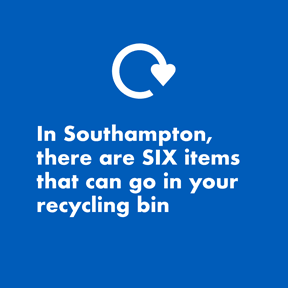Heat networks
What are heat networks?
A heat network – sometimes called district heating – is a distribution system of insulated pipes that takes heat from a central source and delivers it to a number of domestic or non-domestic buildings. The heat source might be a facility that provides a dedicated supply to the heat network, such as a combined heat and power plant; or heat recovered from industry and urban infrastructure, canals and rivers, or energy from waste plants.
Why are heat networks important?
Heat networks form an important part of our plan to reduce carbon and cut heating bills for customers (domestic and commercial). They are one of the most cost-effective ways of reducing carbon emissions from heating, and their efficiency and carbon-saving potential increases as they grow and connect to each other. They provide a unique opportunity to exploit larger scale – and often lower cost – renewable and recovered heat sources that otherwise cannot be used. It is estimated by the UK Climate Change Committee that around 18% of UK heat will need to come from heat networks by 2050 if the UK is to meet its carbon targets cost effectively.
Southampton heat networks
The city centre has had an operational heat network since 1986, part powered by geothermal heat. This connects many of the large energy users, including the Civic Centre, West Quay Shopping Centre and Ikea. The city council are currently working with the operating company, the Government Department of Business, Energy and Industrial Strategy (BEIS) and other large energy consumers in the city to look at options for expanding and decarbonising this network.
We are taking part in the BEIS Heat Network Zoning Pilot which will inform national policy development for the future use and growth of heat networks to reduce carbon emissions. If you are interested in finding out more about heat network zoning, or have any queries, please visit Heat Networks Zoning Pilot or feel free to contact BEIS via hnzoning@beis.gov.uk. This will help towards realizing the ambitions of our Green City Plan which describes how we will deliver our environmental commitments, including reaching net zero emissions by 2030 across council buildings and operations. It will also extend far beyond just council-owned buildings to help the whole city to reach net zero emissions by 2050.


